It is our heart that carries out the remarkable work of pumping our blood regularly, even out to the farthest extremities of our body. Good circulation also relies on the much more sophisticated circulatory system. An effective circulatory system ensures that all organs, and ultimately cells, get their oxygen and nutrient supply. Blood pressure, on the other hand, indicates how much force the blood is exerting onto the walls of the veins and arteries during the circulation and thus how much pressure the veins and arteries are having to exert in the opposite direction to stop from expanding.
Arteries are those blood vessels that transport blood away from the heart. They have muscle cells that are able to contract the walls of the blood vessel in order to promote the blood flow in the correct direction. The farther away from the heart you measure, the lower the blood pressure will be. This is because arteries branch out, get much smaller and change into veins and capillaries, in which the blood flows passively with only a little support from the surrounding muscles relying on valves to prevent the blood from flowing backwards. Finally, the blood flows back towards the heart to be re-oxygenated by the lungs. The control of circulation also depends on hormonal and neuronal processes. Thus, it is possible that the heart beats faster in stressful situations, which therefore leads to a rise in blood pressure. Physical exercise is a type of physical stress and so therefore, also increases the heart rate to ensure adequate oxygen supply to the muscles. It will also increase blood pressure.
If the body is at rest, the heart normally beats between 60 and 80 times a minute and pumps around five liters of blood during this time, which approximately corresponds to the total blood volume of the body. Under stress or during a physical workout, this amount can be up to 25 liters per minute. We can feel our heartbeats peripherally as a pulse at the wrist and measure it (heart rate). During an entire day, the heart may beat around 115 000 times and a pump 8000 liters of blood. These impressive figures tell us already how important it is to support this circulatory system and to keep it healthy.
Regular monitoring of blood pressure helps to prevent heart and circulatory diseases or to spot them in time to do something about them. Permanently high blood pressure ('hypertension') can lead to a narrowing of the blood vessels, which may become stiffer because of fatty deposits and this increases the risk of a stroke or a heart attack. On the other hand, with long-term low blood pressure ('hypotension'), it may be that the heart, brain and other organs cannot get sufficient amounts of oxygen. Symptoms of hypotension are heart palpitations, dizziness, fatigue, and tinnitus.
When measuring blood pressure, you determine two main values: the systolic and the diastolic pressure. The names are derived from 'systole' (contraction of the heart muscle) and 'diastole' (relaxation of the heart muscle). Blood pressure values are supplied in units of 'mmHg': mm stands for millimeters and Hg for the chemical symbol for mercury. This is because at the very beginning of blood pressure measurement with a cuff, people used a mercury column to indicate the pressure. A healthy adult has a blood pressure of around 120/80 mmHg. The first number indicates the systolic value, the second the diastolic value. Depending on the age of a person, this value can vary significantly. For infants 95/60 mmHg would be classed as normal, but for elderly people, a value around 140/90 mmHg would be expected.
Using blood pressure readings alone is, of course, not sufficient for preventing serious physical illness, but can be very helpful in the detection and avoidance of factors that lead to permanently high or low blood pressure. High blood pressure can be caused by long-term stress, lack of exercise, obesity, a high consumption of salt, smoking or high alcohol consumption. For women, the menopause can also be added as a possible factor. However there are some people for whom none of these factors are causing them high blood pressure. In these cases their high blood pressure is referred to as 'primary hypertension'.
Very different factors can play a role in causing permanently low blood pressure. These include infections, excessive blood loss, dehydration, but also heart diseases and diseases of the endocrine system.
Wellnessproducts > Blood pressure measurement
Blood Pressure & Blood Pressure MeasurementUndoubtedly, our heart is a fascinating organ. It is interesting, how it is connected with the blood circulation and blood pressure. Every one of the various components has an exact function, which is good to know if we want to aim to avoid diseases and disorders. 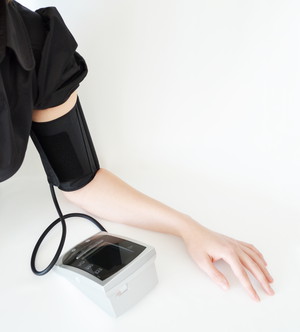 Blood pressure measurement at homeIf you carry out regular blood pressure monitoring, it can help the doctor to establish a diagnosis should you be feeling ill. The most convenient way to measure blood pressure is at home. There is already a wide variety of easy-to-use, fully automatic wrist or upper arm blood pressure monitors. Taking measurements at home has the advantage that you can measure your blood pressure consistently at the same time of day, preferably in the morning just after getting up and before having breakfast. A comparison of the daily readings can allow you to quickly detect changes, and also to get an overview in the longer term.
There are a few important things to consider before taking your blood pressure: The cuff should be a good fit to your upper arm or wrist circumference. Before the measurement make sure you sit and relax in a quiet place for at least five minutes. Place the bottom edge of the cuff approximately two fingers above the crook of the arm and wrap it around the arm so the closure sits on the outside and the inflatable part sits on your inner arm, toward the chest. When the cuff is closed you should still be able to fit a finger between your skin and the cuff. If you are taking your blood pressure at the wrist, make sure that the sensor is in line with the heart. It is good practice to keep your wrist correspondingly high, do not bend your forearm too much and do not hold it at a 90° angle. Most blood pressure monitors for home use take blood pressure automatically at the touch of a button. The measurement takes very little time and you get an immediate read out of your values and it is often possible to save them on the device. Some devices have a color scale that indicates the classification of your blood pressure measurement against those recommended by the WHO (World Health Organization), which can be very helpful for you to assess your blood pressure at a glance. Therefore you do not need to memorize either the optimum blood pressures or your previous readings. Most devices also offer arrhythmia detection. Where this feature is included, the monitor can even detect arrhythmias during the measurement and will signal if they are present during a reading. Published on 17.09. by 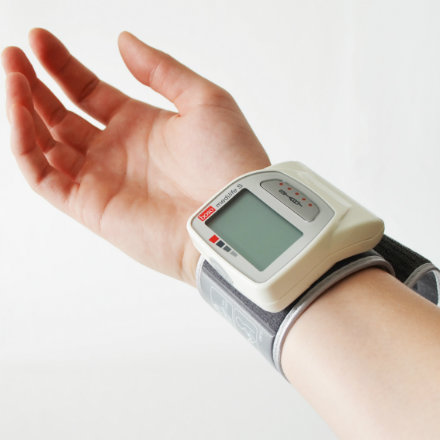 Wrist blood pressure meters Wrist blood pressure metersSome people have a medical reason for not being able to take an overarm blood pressure - others simply find it difficult to do. The solution? Try a wrist meter instead. 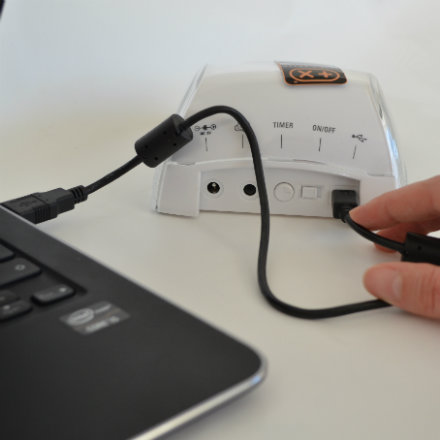 Upper arm devices with transfer option to smartphone, tablet, PC Upper arm devices with transfer option to smartphone, tablet, PCThe regular blood pressure check at home brings a lot of data together, which can be transmitted with these devices onto the smartphone, tablet or computer. 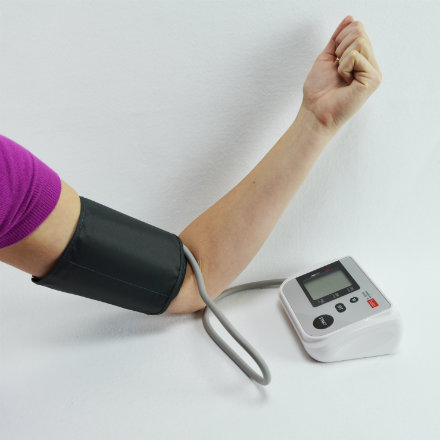 Upper arm blood pressure meters with basic functions Upper arm blood pressure meters with basic functionsThe traditional method of taking the blood pressures is over the upper arm, but you don't have to stick to manual cuffs and stethoscopes. Consider an easy to use, digital blood pressure monitor - many of which serve dual purposes - saving you even more money. 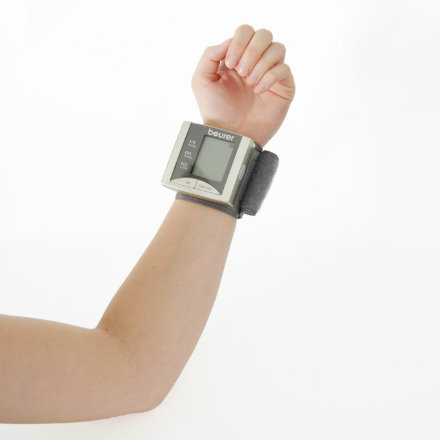 Blood pressure meters Blood pressure metersA healthy blood pressure means a longer life. And with your own measuring device you simply check your blood pressure yourself. 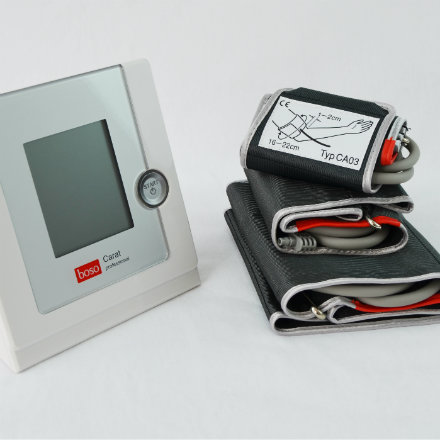 Blood Pressure Monitors with large cuff Blood Pressure Monitors with large cuffThese blood pressure monitors are delivered with a large cuff instead the normal medium one. 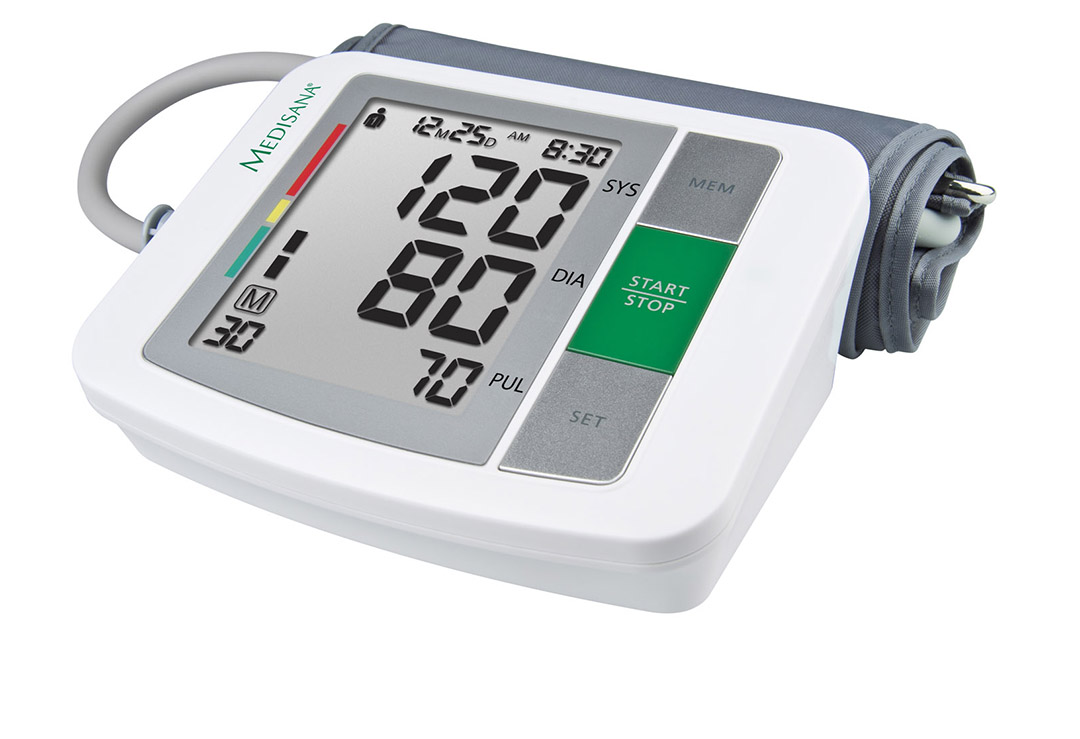 Medisana BU 510 upper arm blood pressure monitor with cuff (22-36 cm arm circumference), CHF 54.00 Medisana BU 510 upper arm blood pressure monitor with cuff (22-36 cm arm circumference), CHF 54.00Successor device of the Medisana MTS |
- FREE DELIVERY (ECONOMY)
- Safe shopping: Payment with invoice, credit card, Paypal or Postfinance
- Warehouse in Switzerland (Widnau SG)


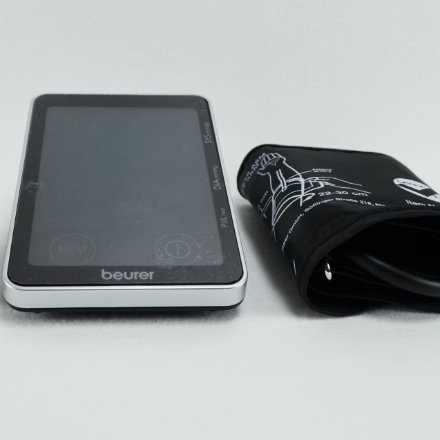 Most sold blood pressure meters
Most sold blood pressure meters